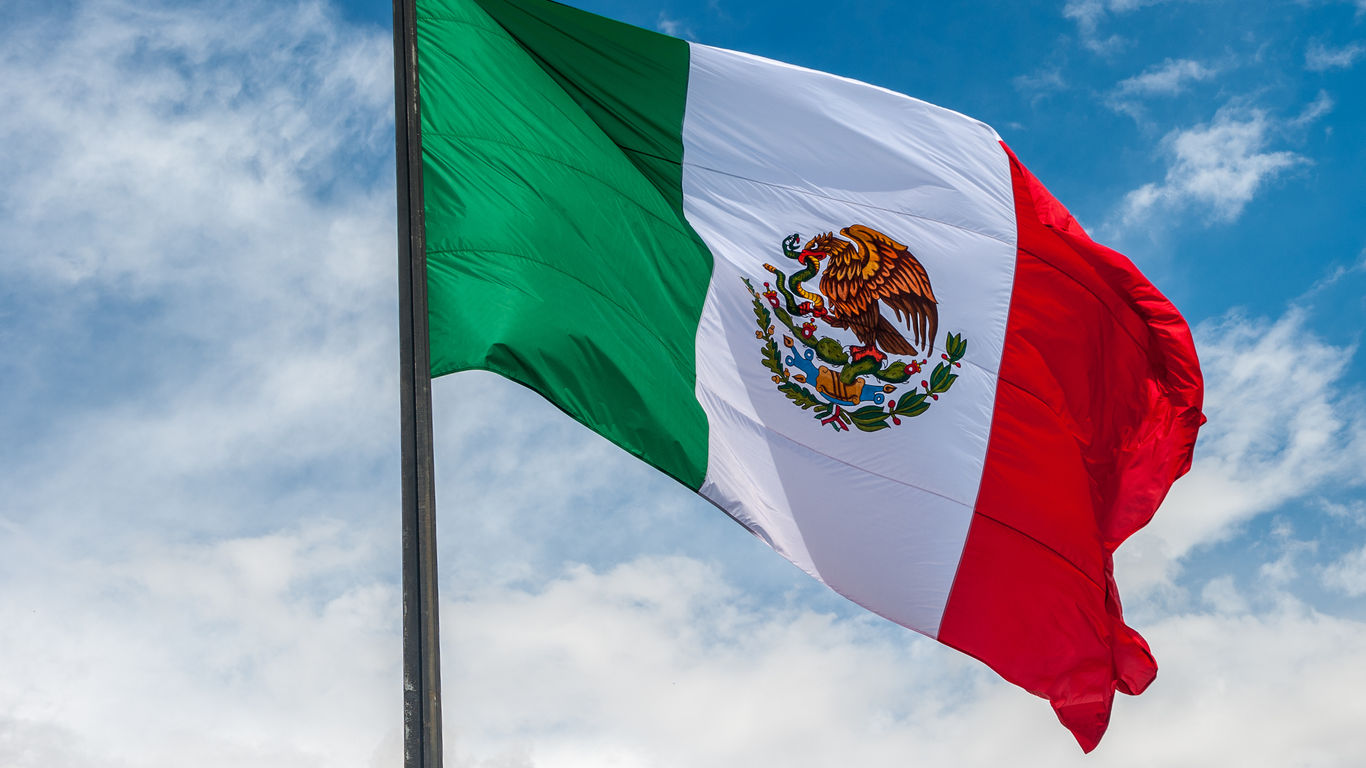
Mexico's Tourism Sector Gains Momentum
Mexico is experiencing a significant surge in tourism, driven by strategic initiatives and infrastructure developments aimed at making the country one of the top five most-visited destinations globally by 2030. Under the leadership of President Claudia Sheinbaum, the nation is focusing on enhancing connectivity, expanding airport facilities, and promoting sustainable travel.
Josefina Rodriguez Zamora, Mexico’s secretary of tourism, has highlighted the key factors behind the impressive growth in international arrivals. The increased number of tourists from the United States and Canada is attributed to improved air connectivity, with over 7.8 million travelers arriving in the first five months of 2025—a 6.1 percent increase compared to the previous year. The U.S. remains the primary source market, with six million visitors, while Canada shows even stronger growth at 11.6 percent. This reflects renewed confidence in Mexico as a safe, welcoming, and authentic destination.
Digital promotional campaigns such as “Latidos del Mundo” have played a crucial role in connecting emotionally with travelers, addressing post-pandemic trends like wellness, nature, and authentic experiences.
A Unique Destination
Mexico stands out in the global tourism landscape due to its rich cultural heritage, historical significance, and the deep emotional connection it offers to every traveler. While other destinations may boast beautiful beaches, Mexico's unique appeal lies in the distinct identities of its regions, their distinctive cuisines, and the warmth of its people. Travel advisors can position Mexico not just as a vacation spot but as a place for transformative experiences that connect travelers with a unique cultural and human legacy.
Airport Development and Expansion
Investments in airport infrastructure are vital to supporting Mexico's tourism growth. New airports in Tulum, Mexico City, and Costalegre, along with the launch of the first-ever international scheduled flights in Tepic, Nayarit, are helping to improve access to emerging and less-explored destinations. Airports like Guadalajara and Puerto Vallarta are also undergoing expansions, which enhance comfort and ease for travelers while reducing congestion at other airports.
The new Felipe Ángeles International Airport has significantly impacted Mexico City's air travel scene. It serves as a modern, functional facility that eases congestion at Benito Juarez International Airport and provides a convenient alternative for both domestic and international travelers. Plans for a future rail connection with downtown Mexico City will further enhance accessibility and integrate the airport into the capital’s mobility network.
The Tren Maya and Sustainable Mobility
The completion of the Tren Maya (Mayan Train) has had a positive impact on tourism, communities, and the environment. This ambitious sustainable mobility project links five southeastern Mexican states, providing access to archaeological zones, indigenous communities, and Magical Towns. It has already carried over 1.3 million passengers and boosted hotel occupancy in the Maya region. The project creates jobs, supports local development, and respects the environment through eco-stations, wildlife corridors, and clean energy.
Expanding Rail Services
The government of President Claudia Sheinbaum has emphasized the importance of passenger trains in the nation's future. These services offer a cleaner, more efficient transportation alternative, integrating historically disconnected regions and strengthening tourist destinations. The Tren Maya is an example of this approach, with additional routes like the Tren Interoceanico being planned to connect different parts of the country. These initiatives aim to diversify national mobility, improve the travel experience, and position Mexico as a leader in sustainable, inclusive tourism.
The Tren Interoceanico
The Tren Interoceanico, which links Salina Cruz in Oaxaca and Coatzacoalcos in Veracruz, supports tourism in the Isthmus of Tehuantepec and reactivates the region's cultural and economic potential. It includes passenger and tourist train services along the corridor. Additional rail routes are being evaluated in urban and regional areas, always with a focus on modern, efficient, and environmentally responsible transportation.
The Future of Mexican Tourism
Mexico's tourism future looks promising, grounded in its cultural and natural wealth and the warmth of its people. The Mexico 2030 Plan outlines clear goals to grow employment, investment, connectivity, and revenue. Modern infrastructure, including new airports and trains, facilitates mobility and opens up emerging destinations. Campaigns like “Heartbeats of the World” build traveler trust, evidenced by sustained tourism growth, especially among women who see Mexico as a safe and welcoming country.
With innovation, inclusiveness, and respect for the environment, Mexico is establishing itself as a global destination that invites the world to discover, fall in love, and return again.
Travel Trade Roadshow
To promote Mexico's tourism offerings, the Secretary of Tourism is staging a "Meet Mexico" travel trade roadshow. The event will visit several cities in the United States and Canada, with the following dates:
- Chicago and Toronto: August 25–29, 2025
- Dallas and Houston: September 9–13, 2025
- San Francisco and Los Angeles: October 7–11, 2025
- Montreal and New York: November 10–14, 2025
